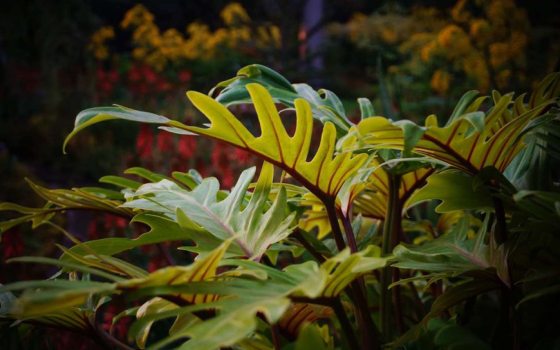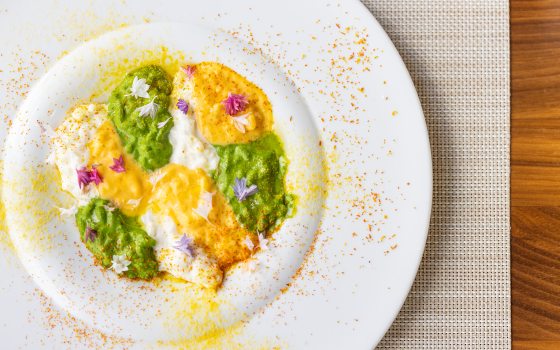It doesn’t matter if you live in an apartment, cottage, or even a yurt … there’s an indoor plant that can easily match your lifestyle. I’ve been in love with gardening and plants since I was a kid and have always longed to be surrounded by leaves and flowers throughout the entire year. The serenity that plants bring to our lives is unmatched … we’re generally happier around plants and the health effect associated with cleaner air is only made better with greenery. It’s easy to fill every planter on your deck or patio with annuals and even a few perennials in the summer, but it takes a little more knowledge to choose the correct ones for your indoor garden. There are dozens of choices to bring color, texture, and form to your indoor spaces. Let’s explore a few of my favorites that you can experience right in the Conservatory here at Longwood Gardens.
Over the past few decades the diversity and choices of our indoor plants has intensified here at Longwood. I get inspiration wherever I travel and one of the most influential plants I’ve come across is the variegated form of Asparagus densiflorus ‘Myersii’.
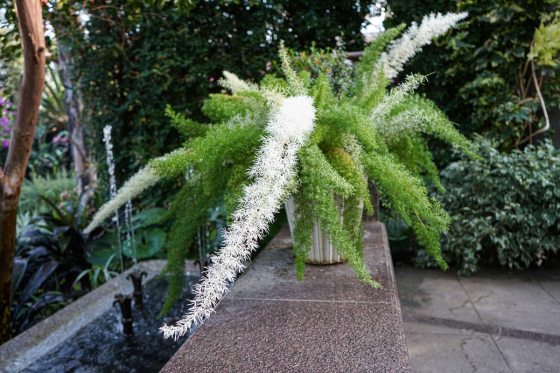
The golden glow of Schefflera actinophylla ‘Soleil’ Amate® has gained national attention since its 2011 award at the Tropical Plant Industry Expo in Florida. At Longwood, our first specimen was planted in the Palm House and is now towering more than 20 feet tall! You’ll find smaller ones throughout the Conservatory as it’s a popular accent for us with a bold texture that’s always eye-catching.
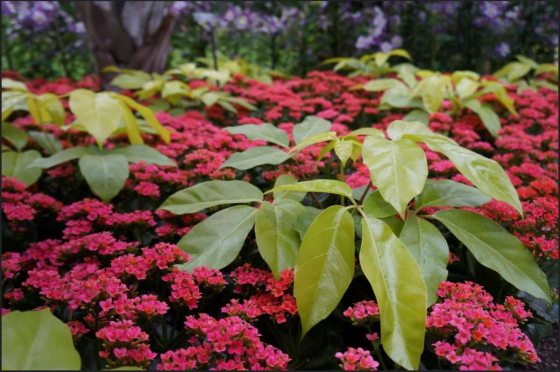
I love collecting plants and there are quite a few genera that have numerous species that lend themselves to cultivation under average home conditions. Dracaena is one plant that is very easy to grow inside your home or office and it comes in a multitude of color choices. The most dramatic for us right now is Dracaena marginata ‘Colorama’. We’ve paired it with sweetly scented Primula malacoides ‘Prima Red’ in the Orangery now and later will create more captivating combinations with it throughout the Conservatory.
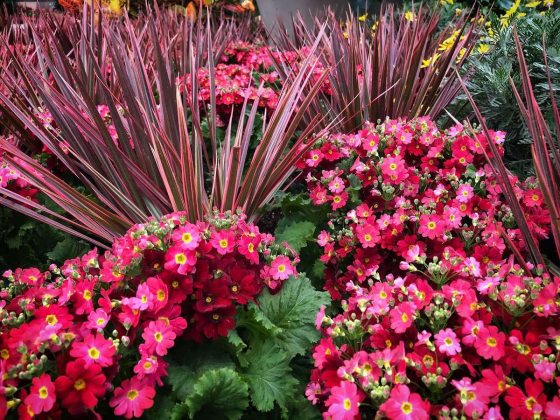
If you like a wider leaf with a little white on the edge then you have to see Dracaena fragrans ‘White Bird’ in our Court of Palms. It’s so clean and crisp and makes a perfect houseplant when given bright, indirect light.

Ficus are a fascinating group of plants that can be trees, shrubs, or vines. We have all of those forms in the Conservatory, but here are my top three. Ficus natalensis ssp. leprieurii 'Malay Gold' might win the award for longest name, but it also has the most unusual leaf shape!
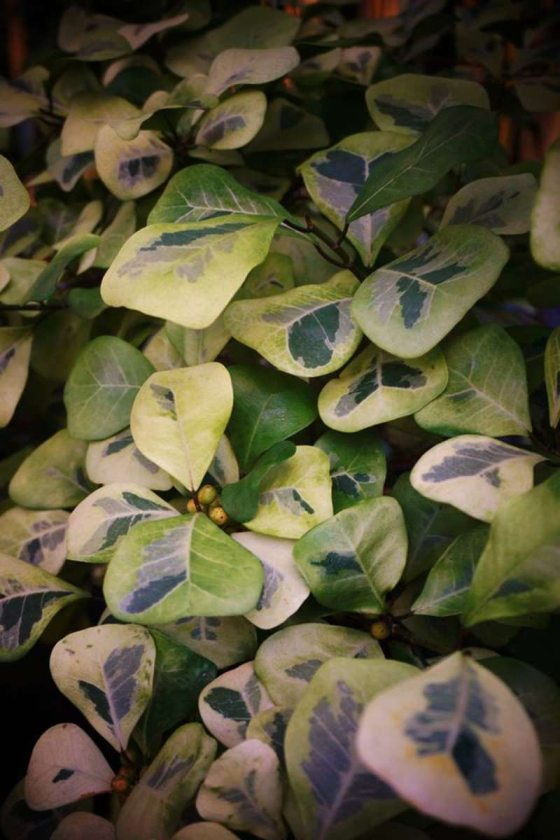
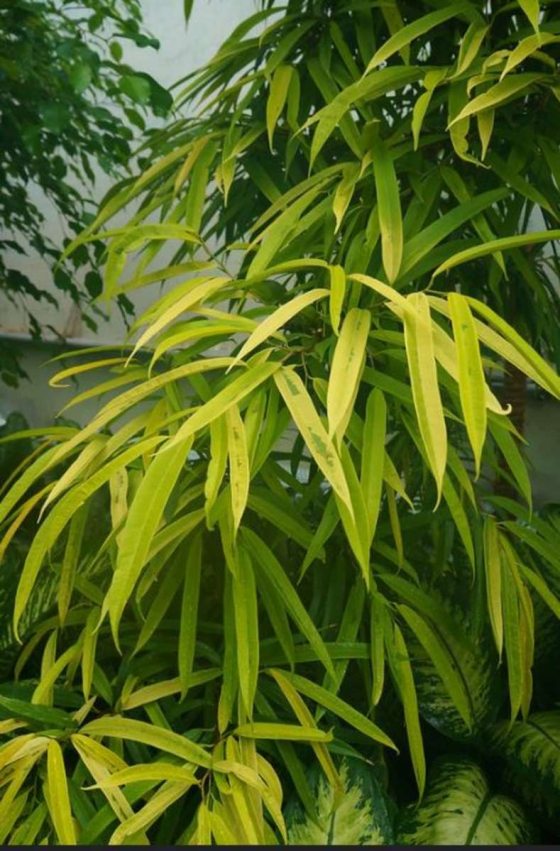
For drama in color and leaf-size then you can’t beat Ficus elastica ‘Ruby’ (Rubber-plant).
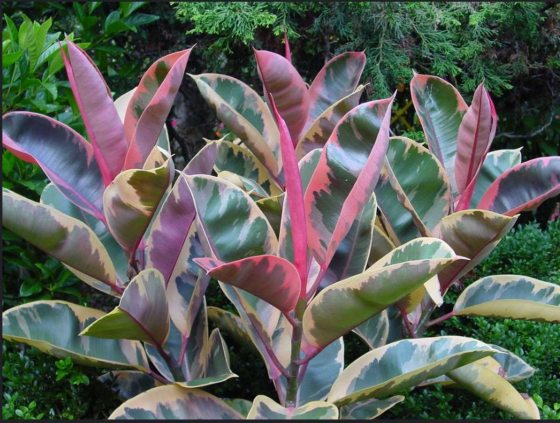
If you have a really challenging spot then there are few choices that do well there, too. For lowest light situations the ZZ plant or Zamioculcas zamiifolia is a top choice. Its shiny leaves and thick stems always look fresh, even when grown under artificial light.
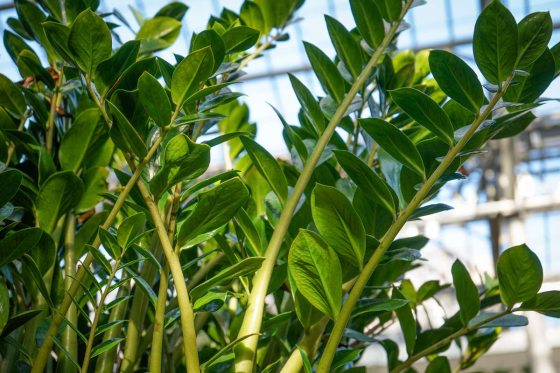
Aspidistra elatior is the cast-iron plant and it certainly does live up to its name. It’s tough as nails and actually thrives in lower light with even moisture. It’s not even picky about humidity (which we generally never have enough of indoors).
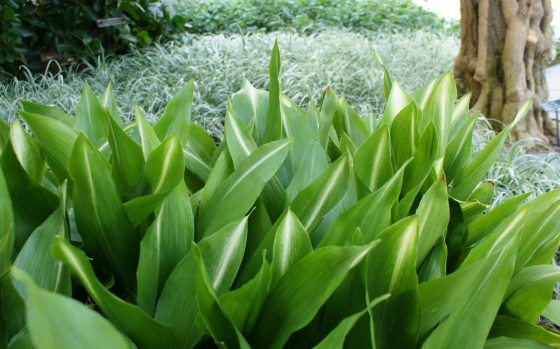
Aglaonema is sometimes called the ‘Chinese Evergreen’, but today’s cultivars are more than just green! We have some exciting ones on display this year. Check out ‘Osaka’ in the East Conservatory during Orchid Extravaganza.
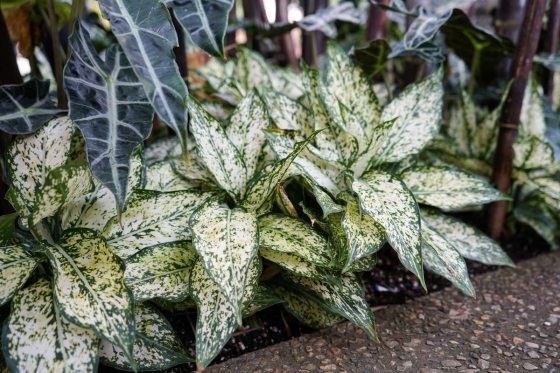
If you’re looking for some indoor plant inspiration then look no further than Longwood Gardens. We have dozens of houseplant ideas for whatever spot you have to fill! If you want to learn more about the plants in this article and quite a few more, register for my Exotic and Tropical Plants Continuing Education class, which starts April 22. I hope to see you in the Gardens!
